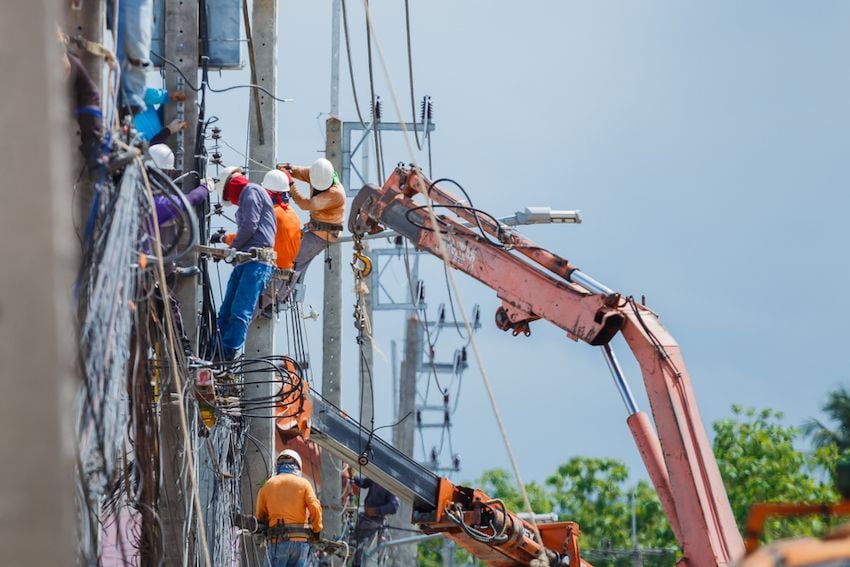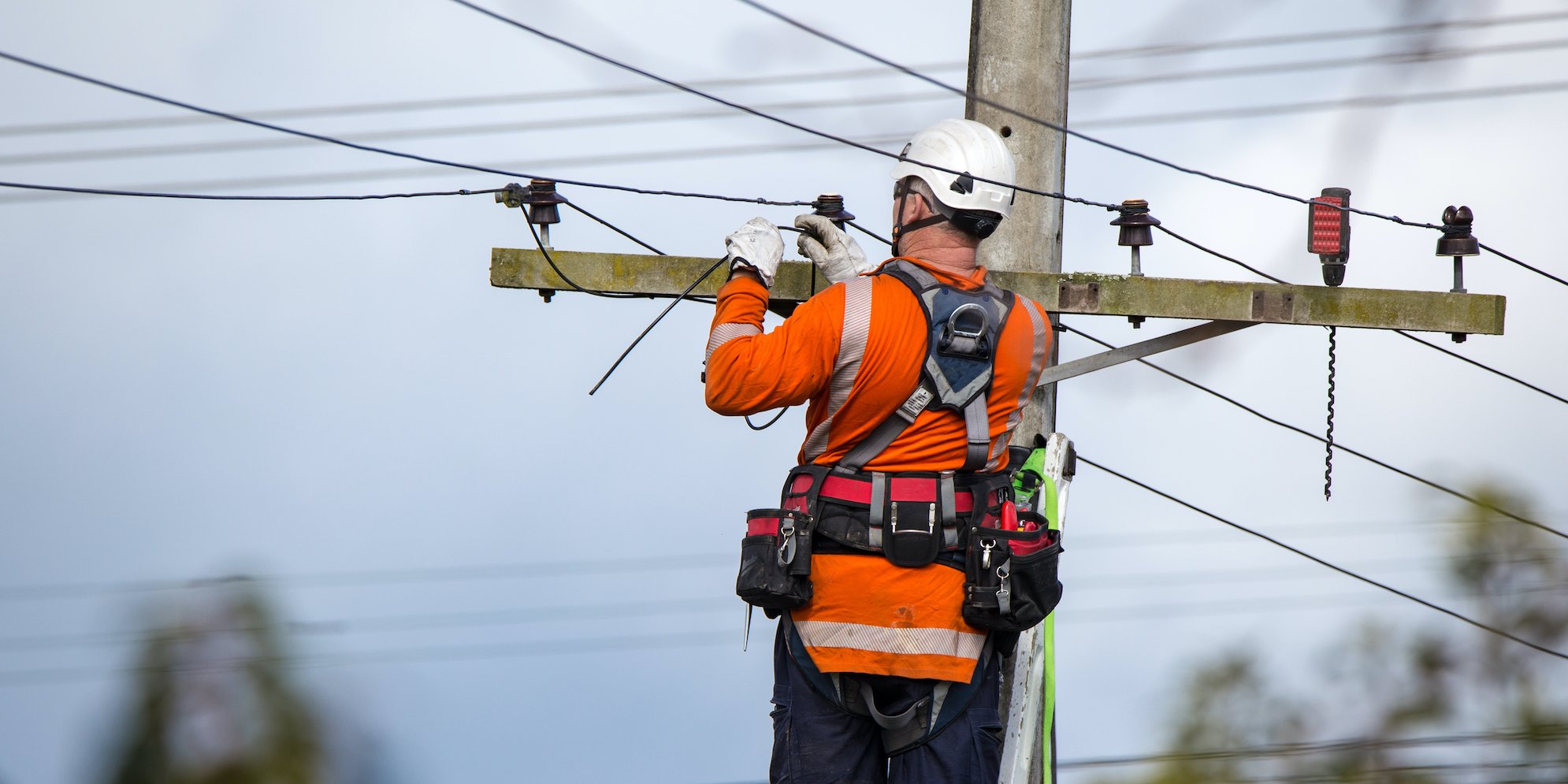The term “systemic risk” applies to a number of industries—from finance to insurance—and has a different definition depending on the field. In the environmental health and safety (EHS) field, a systemic risk is a factor that can contribute to serious injuries and fatalities (SIFs) but is not the direct cause of SIFs. Systemic risk examples include lack of training, improper supervision, and the failure to maintain or inspect equipment.
It’s important to recognize systemic risks because safety incidents are more likely to occur when they are present. Proactively identifying and mitigating systemic risks can reduce the likelihood of serious and fatal injuries.
Read on to discover three of the most common systemic risks as well as tips on how to mitigate systemic risk.
Common systemic risks—and how to mitigate them
1. Worker fatigue
Fatigue is “a nearly constant state of weariness that develops over time and reduces your energy, motivation, and concentration,” according to the Mayo Clinic. Although certain medical conditions, drugs, and therapies can cause fatigue, it’s most often tied to a person’s habits or routines. Excessive drug or alcohol use, lack of exercise, unhealthy eating habits, and too little sleep, for example, commonly lead to fatigue.
According to the National Institute for Occupational Safety and Health (NIOSH), certain workplace factors including stress, mentally or physically demanding tasks, and working in hot environments may exacerbate fatigue. Nonstandard schedules (for example, irregular shifts or working the night shift) can also cause worker fatigue.
To mitigate the risks associated with worker fatigue, all workers should be on the lookout for signs of worker fatigue in themselves and others, including an inability to concentrate, irritability, and lack of motivation. Any worker who appears too fatigued to perform a particular task should be reassigned.
Supervisors and other company leaders can also address worker fatigue by keeping work schedules consistent and workloads reasonable. They may also consider implementing a fatigue risk management program, which could help educate workers about lifestyle habits and routines outside of work that impact their overall health and wellbeing.
You might like: 4 Ways to Foster Mentally Supportive Work Environments
2. Improper techniques
Responsible employers teach their workers the correct way to perform a particular task, use equipment, or store items, yet injuries resulting from improper techniques are common. For example, proper lifting technique is a frequently covered worker training topic, but nearly 80,000 workers were injured in 2020 due to overexertion in lifting or lowering, according to the U.S. Bureau of Labor Statistics (BLS).
When workers do not stick to the prescribed routines for specific work, the likelihood of SIFs increases. So, why do workers use improper techniques? In some cases, they have not received the correct training or enough training. Workers who are inexperienced overall or who have little experience with a particular task or piece of equipment may not feel comfortable stopping work to ask questions, particularly if a company’s safety culture is poor. Furthermore, they might not be fully aware of the risks associated with using improper techniques.
More experienced workers—and workers who have gone a long time without an incident—often become normalized to risk and may use improper techniques because they’re faster or more efficient. They think an incident won’t happen to them, so technique won’t make a difference.
To prevent workers from using improper techniques, employers should regularly train workers on the correct way to perform tasks, operate equipment, and store items. Supervisors—whom workers emulate—should always use proper techniques, and they should encourage their employees to stop work and speak up when they see improper techniques being used. Inspections by EHS staff can also help catch improper techniques in action, creating the opportunity to take corrective action before an incident occurs.
Related: 6 Safety Protocols Workers Commonly Neglect
3. Lack of hazard awareness
Every job site has hazards, but workers who build and maintain critical underground infrastructure are exposed to more hazards than most people. Moving vehicles, open trenches, loud noises, heavy objects, exposure to the elements, the list of hazards goes on and on. Unfortunately, workers sometimes fail to identify these hazards, increasing the likelihood of SIFs.
The best way for workers to keep themselves safe from hazards is to identify and protect against them. Unfortunately, this is often easier said than done. According to Safety Function, workers can only identify 45 percent of hazards they will face during the work period.
To mitigate workers’ lack of hazard awareness, supervisors should hold job briefings at the start of each shift and any time there is a significant change during the shift (for example, after a thunderstorm). For their part, workers should follow safety protocols set by employers (for example, wearing the right personal protective equipment and using proper work techniques) and stay aware of their surroundings at all times.
Employers can also deploy technology to make workers more aware of the hazards that surround them. For example, they can outfit workers with hardware like work zone intrusion detection devices that alert workers and supervisors when someone enters a potentially dangerous area on a job site. Or, they can use worker safety software to learn suggested safety actions for the highest risk tasks.
Although systemic risks do not directly cause worker injuries or fatalities, they greatly increase the likelihood of SIFs. Effectively mitigating systemic risks like worker fatigue, improper techniques, and lack of hazard awareness will reduce an employer’s number of SIFs and lead to a healthier, happier workforce.
Want more worker safety help? Check out the whitepaper “10 Keystones of a Successful Worker Safety Program.”

